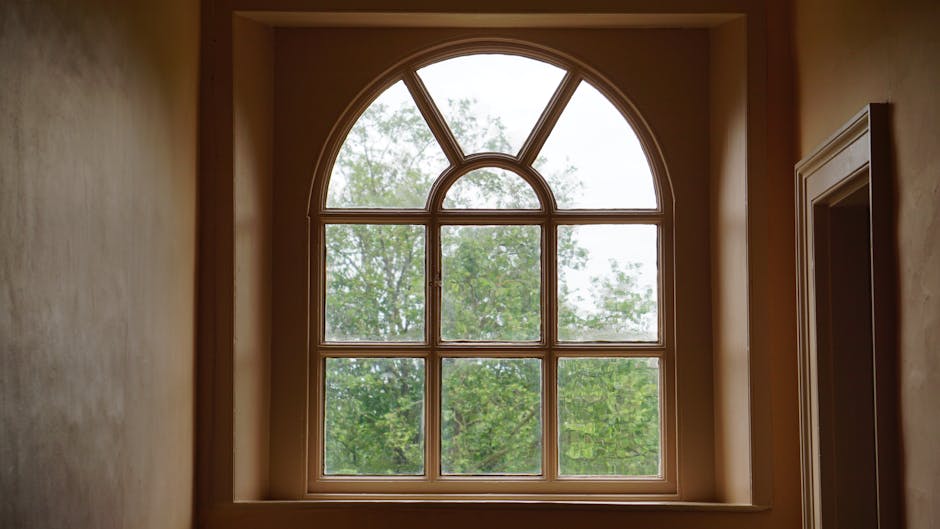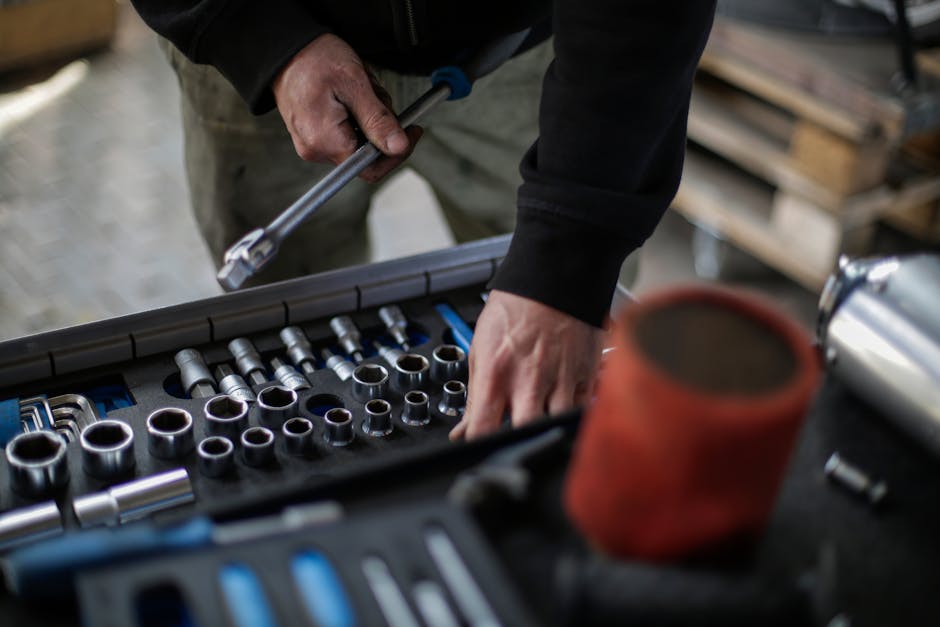 Unlocking the Mysteries: Analyzing the Expenditure of Operating Different Varieties of Gas Furnaces
Unlocking the Mysteries: Analyzing the Expenditure of Operating Different Varieties of Gas Furnaces
Gas furnaces are the unsung heroes of home heating, providing warmth and comfort during chilly months. However, the real challenge comes when you have to choose the right one for your home. Beyond the initial investment, understanding the operational costs of different types of gas furnaces is crucial for making an informed decision. In this article, we’ll delve into the intricacies of breaking down the cost of operating various gas furnaces, helping you navigate the options and make a cost-effective choice for your household.
Before we delve into the details, it’s crucial to establish a solid foundation by comprehending the fundamental aspects of gas furnaces. These appliances can be categorized into three main types: single-stage, two-stage, and modulating, each with its unique impact on both performance and cost. See, this website has all the info you need to learn about this amazing product.
Considered the workhorses of heating, single-stage gas furnaces operate at full capacity whenever they are in use. While they may be more affordable upfront, their drawback lies in energy efficiency, as they tend to consume more energy, resulting in higher operational costs in the long term.
Meanwhile, two-stage gas furnaces employ a dual-stage functionality, operating on low and high settings. During milder weather, they conserve energy by running on the low setting and only switch to high gear when the temperature significantly drops. This dual-stage operation enhances efficiency, resulting in lower operating costs over time.Click here for more helpful tips on thiscompany.
At the pinnacle of gas furnace technology, modulating furnaces operate on a sliding scale, adjusting their heat output incrementally based on current heating needs. This precision allows for optimal energy usage and unparalleled comfort. Despite their higher upfront cost, their superior efficiency often makes them the most cost-effective choice in the long term.
When evaluating gas furnaces, pay close attention to their Annual Fuel Utilization Efficiency (AFUE) ratings. These ratings indicate how efficiently a furnace converts gas into heat. Opt for a furnace with a high AFUE rating to ensure energy savings in the years to come.This page has all the info you need.
Beyond the type and efficiency of your gas furnace, several other factors contribute to its operational costs. Your local climate, insulation, and the size of your home play significant roles. Colder climates require more heating, while a well-insulated home retains heat better, reducing the workload on your furnace.
Regular maintenance is often underestimated in its impact on operating costs. A well-maintained gas furnace operates more efficiently, ensuring optimal performance and minimizing costs. Simple tasks such as changing filters and scheduling professional inspections contribute to maximizing your furnace’s longevity and minimizing operational expenses.
Choosing the most suitable gas furnace requires a delicate balance between upfront costs and long-term savings. While a modulating furnace may come with a higher initial cost, its superior efficiency often leads to energy savings over the years. Evaluating the total cost of ownership, rather than just the initial investment, provides a more precise assessment of which furnace is genuinely cost-effective.
Before finalizing your decision, explore potential incentives or rebates for energy-efficient gas furnaces. Numerous governments and utility companies provide financial incentives to promote the use of energy-efficient appliances. Capitalizing on these programs can substantially offset your initial investment and contribute to long-term cost savings.
In conclusion, breaking down the cost of operating different types of gas furnaces requires a holistic approach. By weighing the pros and cons of single-stage, two-stage, and modulating furnaces, considering energy efficiency ratings, and factoring in various influencing variables, you can navigate the complex landscape of heating options.

 Navigating the Roofing Maze: EPDM vs TPO Battle
Navigating the Roofing Maze: EPDM vs TPO Battle Revealing the Secret to Effortless Window Functionality: Benefits of Spiral Window Balances
Revealing the Secret to Effortless Window Functionality: Benefits of Spiral Window Balances Important Home Window Maintenance
Important Home Window Maintenance Selecting the Best HVAC Repair Service in Rockwall, TX
Selecting the Best HVAC Repair Service in Rockwall, TX Vital Components for Ensuring Your Roof’s Longevity
Vital Components for Ensuring Your Roof’s Longevity Roof Covering Services: Maintaining Your Home Protected and Beautiful
Roof Covering Services: Maintaining Your Home Protected and Beautiful